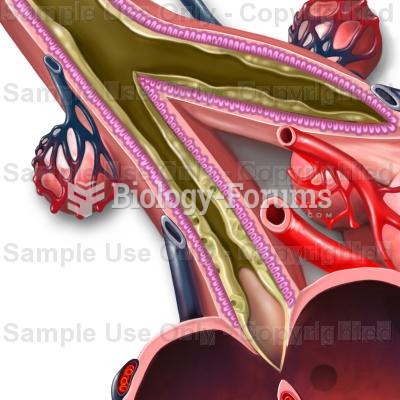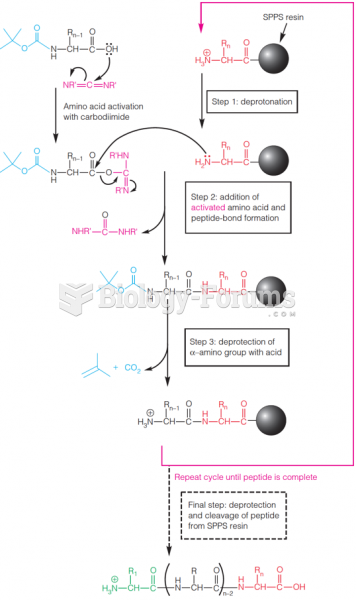Answer to Question 1
By its compression, indirection, and bits of lyricism (a water-smooth silver stallion) this passage might still be classifiable as poetic. But all sorts of things would be lostthe jerky rhythms created by the line breaks, which function as tonal notations; the emphasis placed on certain terms by isolating them as separate lines; the running together into one word of the description of Codys shooting of clay pigeons, mimicking the rapidity of his sharpshooting; and even the way the layout forces the eye to track back and forth across the page in a kind of echo of Codys aiming his rifle at those moving targets.
Answer to Question 2
Nimss comment seems an apt description of Sestina. In the six repeated words, we are given the setting (house), the characters (grandmother, child), and key symbols (Stove, almanac, tears). Sestina weaves all six into a subtle relationship. This poem is full of things that suggest magic: the prophetic almanac, the teacup (with which fortune-tellers divine), the marvellous stove. It also is full of secret-keepers: the grandmother, the almanac with its powers of prophecy, the concluding reference to the inscrutable house. The repetitions are worth tracing: tears, in particular, accumulates an effect. In stanza 2 the tears arrive like an equinoctial storm; in 3, the kettle also weeps; in 4, tea is tears; in 5, the man in the childs drawing wears tears; in 6, the almanac weeps paper tears; and finally, in the envoy, tears are flowers. Time to plant tears may be a literal quotation from the almanac, tears being (if memory serves) the name of a small white flower favored by rock gardeners.
Bishops Complete Poems contains another intriguing sestina, A Miracle for Breakfast. At the time it was written Bishop remarked (in a 1937 letter to Marianne Moore):
It seems to me that there are two ways possible for a sestinaone is to use unusual words as terminations, in which case they would have to be used differently as often as possibleas you say, change, of scale. That would make a very highly seasoned kind of poem. And the other way is to use as colorless words as possiblelike Sidney, so that it becomes less of a trick and more of a natural theme and variations. I guess I have tried to do both at once.
In the later Sestina, the terminal words seem to be deliberately usual ones.







